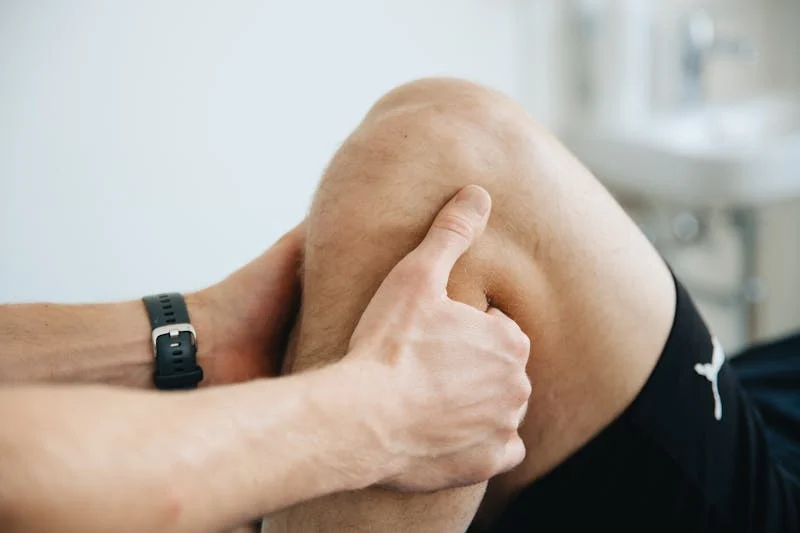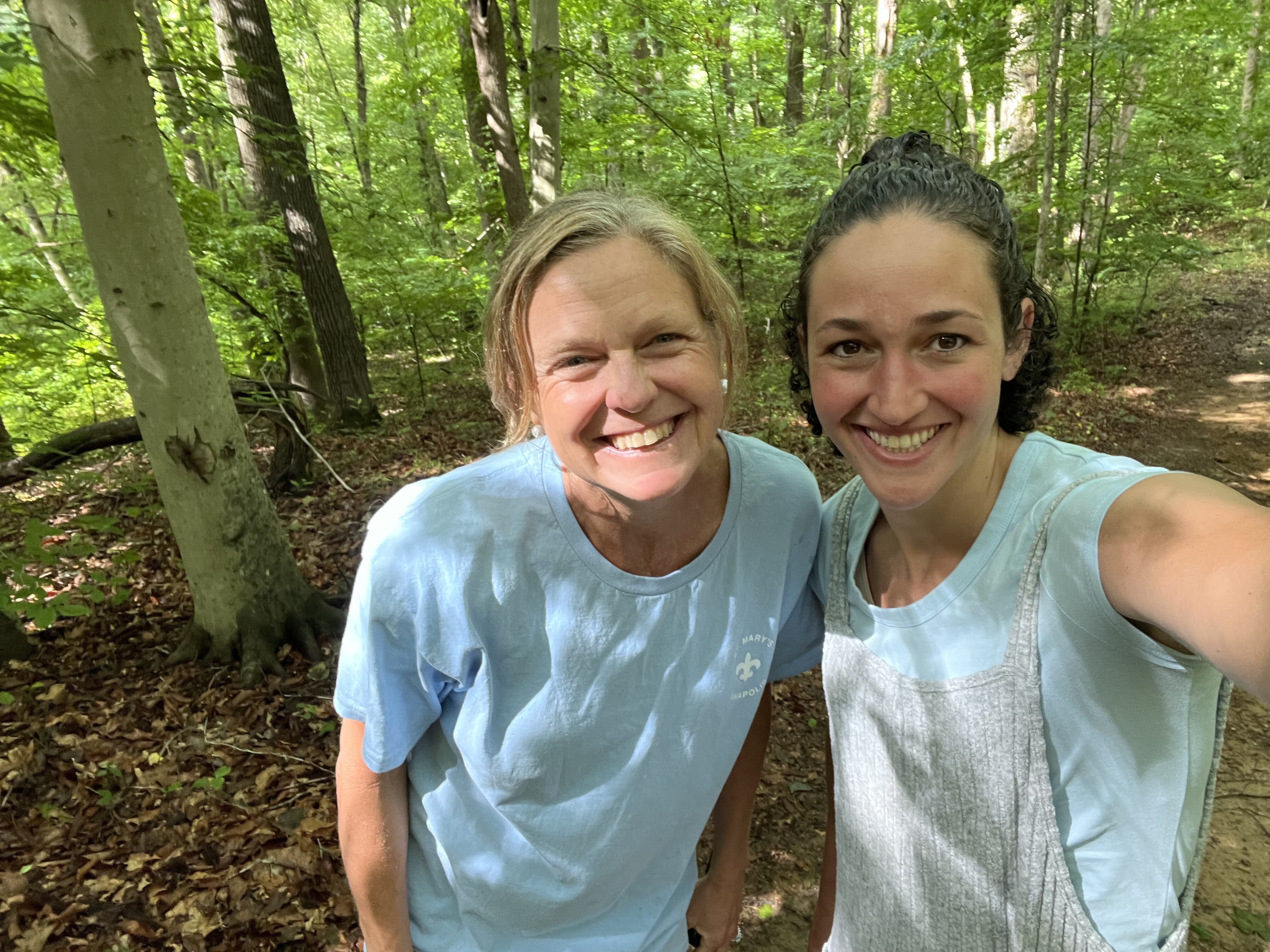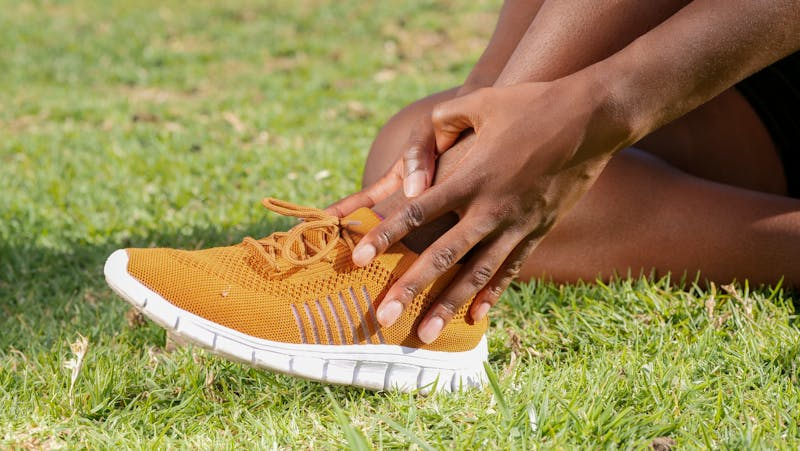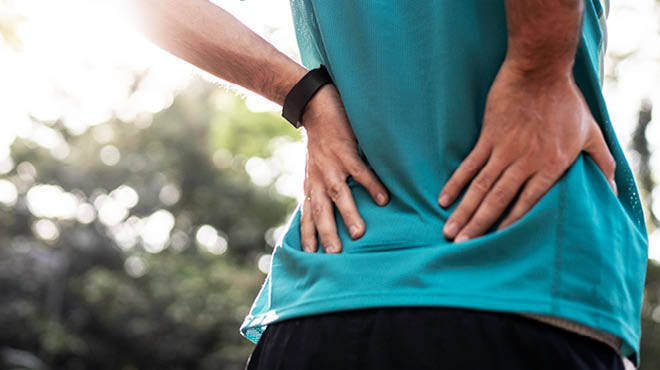ACL Rehab, Pre-hab and Recovery
The anterior cruciate ligament (ACL) is one of the major ligaments in the knee that provides stability and support during physical activities. Unfortunately, ACL injuries are relatively common (120,000 Americans/year), especially among athletes participating in sports that involve sudden stops, changes in direction, or jumping.
When an ACL injury occurs, whether it's a partial or complete tear, physical therapy becomes an integral part of the treatment plan. The primary goal of physical therapy is to restore strength, stability, range of motion, and function to the injured knee. It helps individuals regain their mobility, reduce pain, and prevent further damage. Often times surgery is the next step for these athletes but we also need to preserve strenght and mobility leading up to surgery. In fact, a study by Cunha found that "prehab" in the 4-6 weeks leading up to surgery can improve quadriceps strength and chance of return to sport following surgery.
Many assume that surgery is the only option however risks of ACL surgery are rarely discussed. Surgery often is presented as the only option to return to your sport. This is not the case and it is rarely mentioned that the chance of return to sport following ACL surgery is actually very low compared to other surgeries (Taree A et al 2020). Another risk to consider is that knee trauma increases your risk of early onset OA but surgery increases that risk 3-4x the increased risk associated with the trauma alone (Poulsen et al 2019).
So what are your other options? Andreas et. al. found that "ACL reconstruction did not result in better patient-reported outcomes at 2 years than a strategy of rehabilitation plus optional delayed ACL reconstruction in those with symptomatic instability. With the use of the latter strategy, more than half the ACL reconstructions could be avoided without adversely affecting outcomes."
The initial phase of physical therapy for ACL injuries focuses on reducing swelling and pain. This may involve the use of movement, compression, and elevation techniques. The therapist may also recommend specific exercises to improve quadriceps and hamstring strength while protecting the injured ACL.
As the healing progresses, the next phase of physical therapy involves exercises to restore range of motion and improve balance. These exercises may include gentle stretches, joint mobilizations, and proprioceptive training. Proprioceptive training helps the individual regain control and coordination of the knee joint, reducing the risk of re-injury.
Once the knee has regained stability and range of motion, the physical therapist will guide the patient through a series of exercises to build strength and improve overall function. These exercises may include resistance training, plyometrics, and functional movements that mimic the activities the individual wants to return to, such as running or jumping. This is where the fun begins and you want to chose a place that has access to dumbbells, barbells, and space to adequately challenge you in preparation for your sport.
Throughout the entire physical therapy process, the therapist will closely monitor the individual's progress, adjusting the treatment plan as necessary. They may also incorporate modalities like dry needling, cupping or manual therapy techniques to facilitate healing and enhance recovery.
It's important for individuals recovering from ACL injuries to actively participate in their physical therapy program. Consistency and adherence to the prescribed exercises and treatment plan are key to achieving optimal results.
Sources
-
Gornitzky AL, Lott A, Yellin JL, Fabricant PD, Lawrence JT, Ganley TJ. Sport-Specific yearly risk and incidence of anterior cruciate ligament tears in high school athletes: a systematic review and meta-analysis. Am J Sports Med. 2016;44(10):2716–2723. doi: 10.1177/0363546515617742.
-
Andreas Papaleontiou, Andréa M Poupard, Uday D Mahajan, Panteleimon Tsantanis, Conservative vs Surgical Treatment of Anterior Cruciate Ligament Rupture: A Systematic Review, Cureus, (2024).https://doi.org/10.7759/cureus.56532
-
Cunha J, Solomon DJ. ACL Prehabilitation Improves Postoperative Strength and Motion and Return to Sport in Athletes. Arthrosc Sports Med Rehabil. 2022 Jan 28;4(1):e65-e69. doi: 10.1016/j.asmr.2021.11.001. PMID: 35141537; PMCID: PMC8811524.
-
Hurd WJ, Axe MJ, Snyder-Mackler L. A 10-year prospective trial of a patient management algorithm and screening examination for highly active individuals with anterior cruciate ligament injury: Part 1, outcomes. Am J Sports Med. 2008 Jan;36(1):40-7. doi: 10.1177/0363546507308190. Epub 2007 Oct 16. PMID: 17940141; PMCID: PMC2891099.





